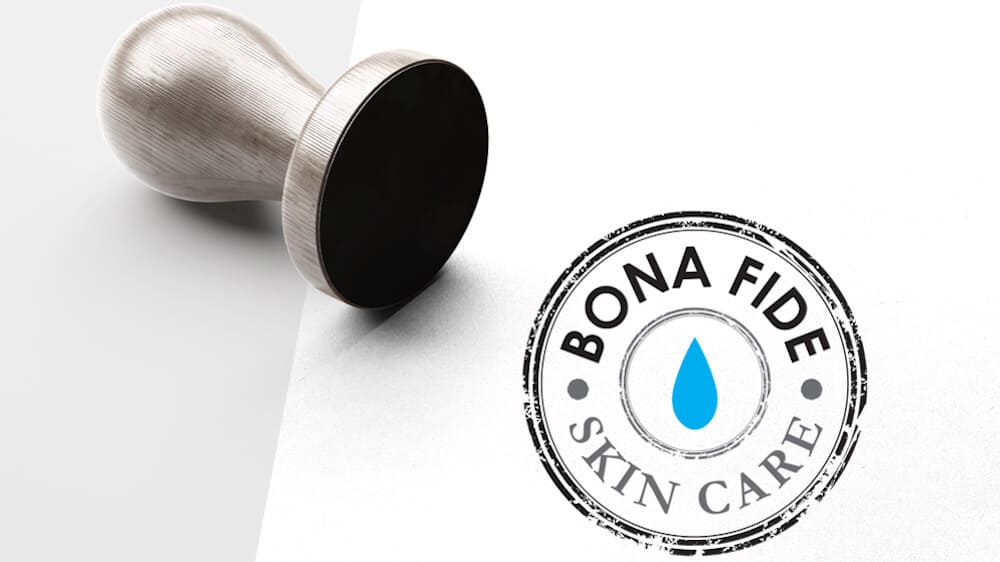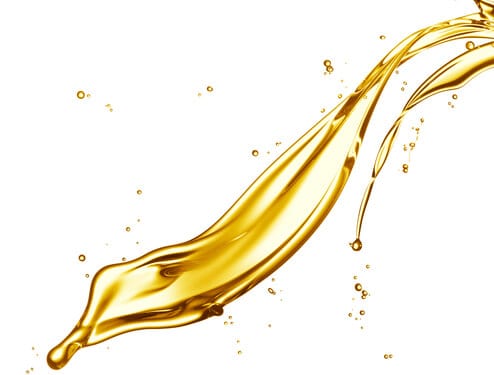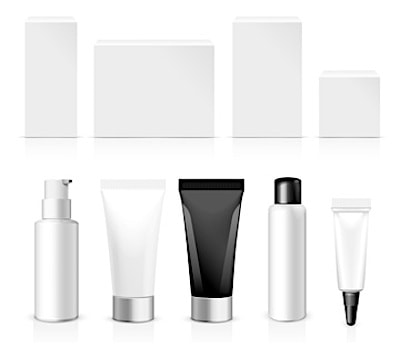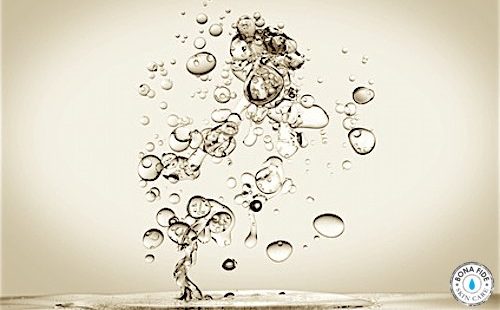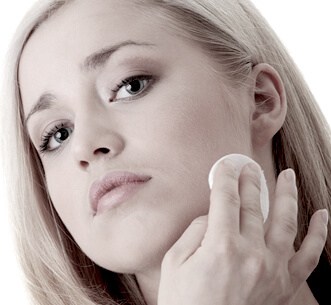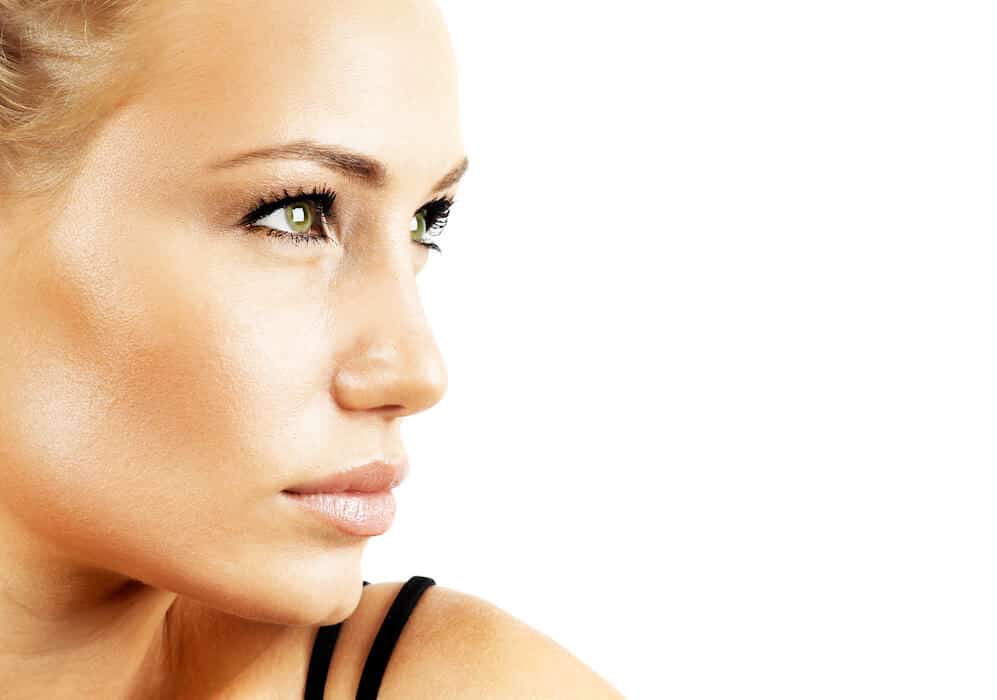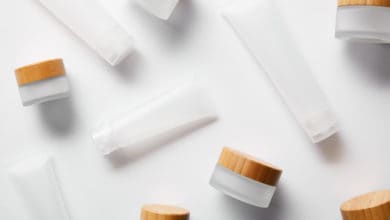Quick summary:
- Glycolic acid is best for aging concerns such as fine lines and dull skin.
- Salicylic acid is best for acne, blackheads and oily skin.
- If you want the details and tips for getting the best results from these products, read on!

Both of these active ingredients are excellent for your skin. The chemical exfoliation they provide is bar none, so most people should be using one (or both) regularly. Glycolic acid and salicylic acid work in slightly different ways, so the best one for you depends on your particular skin problem and the results you seek.
This article has everything you need to know about these two superstar ingredients. Let’s get into the details: glycolic acid vs salicylic acid.
About Glycolic Acid
This is an alpha hydroxy acid (AHA) and works by exfoliating and removing the top layer of skin. The acid breaks up the “glue” that holds dead skin cells together and sloths them off. Result? Clear, smooth skin!
The exfoliation action also stimulates new cell growth, which is important for aging concerns since most of these relate to a slow down of skin cell turnover. Glycolic acid is also good for acne, since it removes dead skin cells and clears up skin.
It’s especially good for adult acne, since you’re usually dealing with anti aging issues like fine lines at the same time (ugh). Why not use a product that attacks both? However, the true star for breakouts is salicylic acid…
About Salicylic Acid
This is a beta hydroxy acid (BHA) and works by exfoliating deep in the pores. Compare this with glycolic acid that works on the surface of your skin. Salicylic acid is oil/lipid soluble and so clears out clogged pores, dissolves sebum and oil, and rebalances skin.
It is this ability to get into pores and dissolve gunk that makes it the best thing for blackheads and acne. Salicylic acid is truly the key for unclogging pores and preventing pimples. Used twice a day, you can notice your skin clearing up in a week or two.
If you deal with blackheads on your nose that appear bigger as the day goes on thanks to natural oil production, 2% salicylic acid applied twice a day can help shrink the appearance of these blackheads and control the oil. Consistent use gives the best results.
But Can I Use Both Glycolic Acid and Salicylic Acid?
Yes! Because this really isn’t a “glycolic acid vs salicylic acid” issue, it is simply about determining which one does what and then using each one properly. So if you want to use both, here is how:
- First: why do you want to use both? Perhaps you have dry skin on your cheeks that looks dull and full of fine lines, along with an oily T zone that is full of blackheads and pimples. Here you could choose to use only glycolic acid for your whole face, since it helps to clear skin too. However, using both products, targeted to each area, might give the best results
- Use glycolic acid on your cheeks—slough off those dead skin cells and stimulate the new ones underneath. This exfoliation also helps any further products and treatments you apply to make a difference—on the newer skin. Not blocked and barricaded by a layer of dry dead skin cells.
- Use salicylic acid on your T zone, concentrating on any areas that are extra clogged (usually sides of the nose and forehead).
- Apply any serums (vitamin c is great for all skins) and moisturizers all over. However, you might like to avoid the extra clogged areas and just let them be until the oil production balances out and the pores clear up
Bottom Line
And that is it! You don’t need any extra exfoliation with one or both of these acids. You don’t even need to use a cleanser if you are using them daily, although a cleanser does help set the stage for the acids to work by removing surface oil, makeup, and other grime.
See these articles for more:
- The best glycolic lotion for clear skin.
- How to use salicylic acid for acne free, smooth skin.
